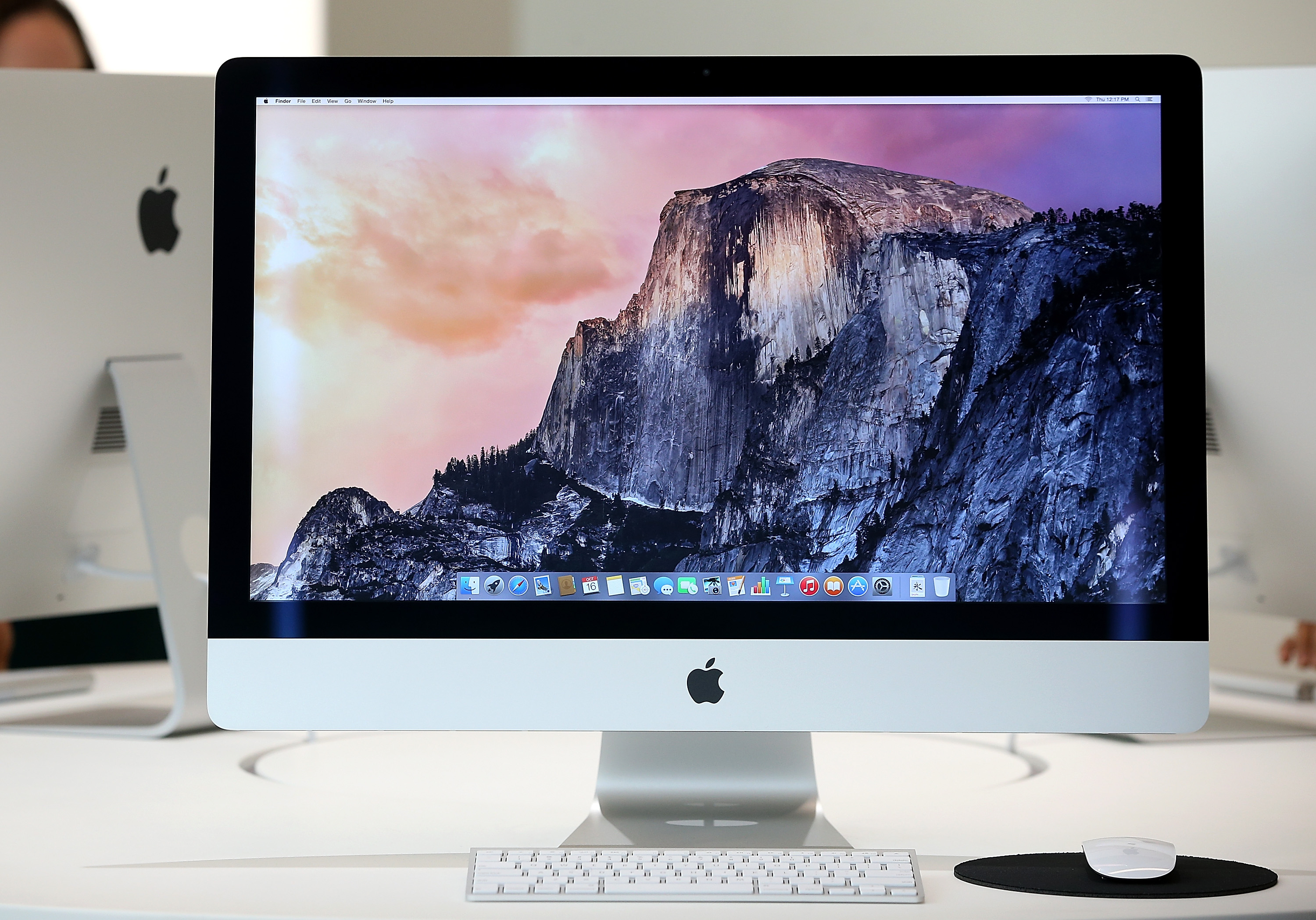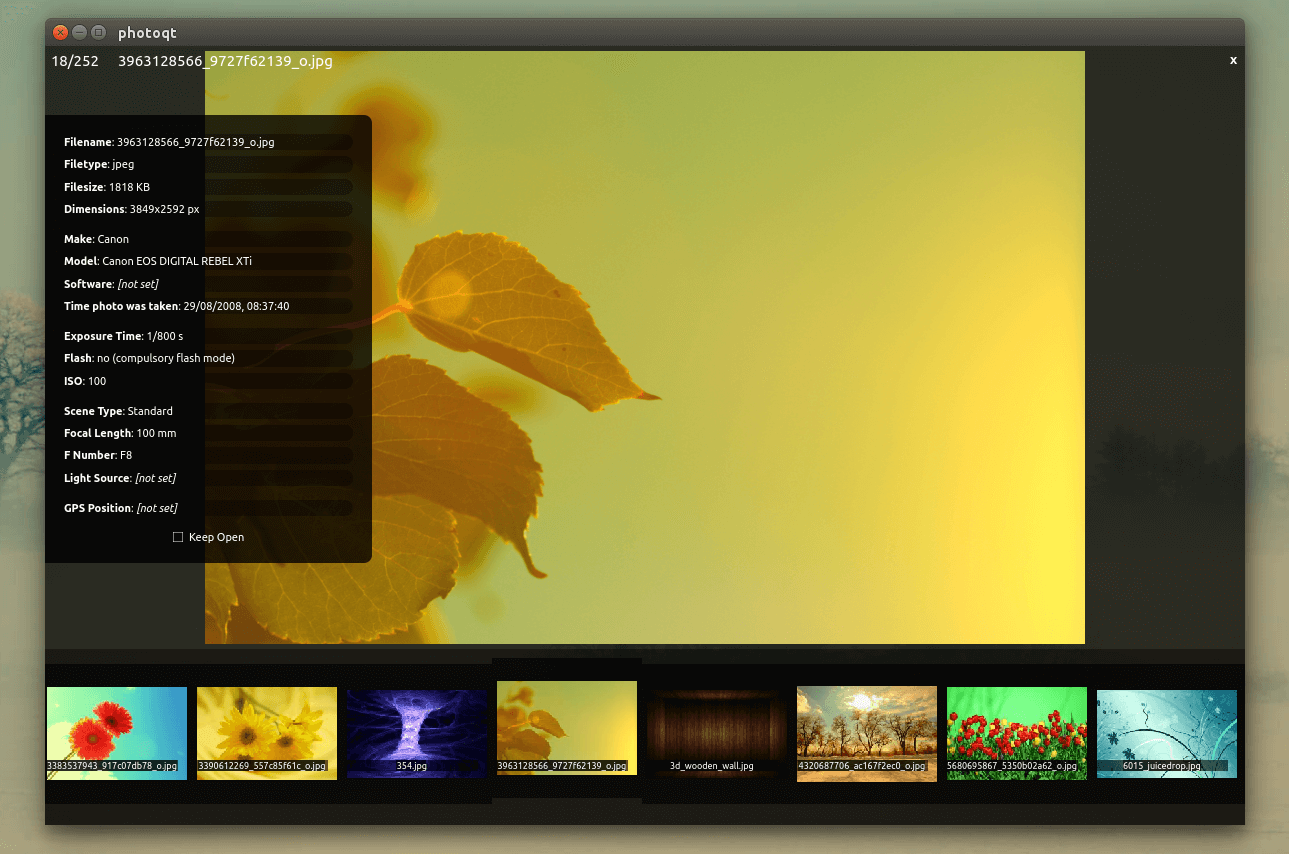

Most cameras cycle through standard, cryptic file names - if you shoot Nikon, for example, the camera starts with DSC_0000 and keeps going until it gets to DSC_9999. Lightroom makes that initial import so easy that you won't have to put your images in a to-do folder you can get them all sorted and filed away as you import them.

If you're like many photographers you probably designate a place to import them all, and then you go back later and file them away (if at all). (As an aside, if you're dumping lots of photos to your hard drive, you also have a backup problem you should address immediately) Each time you import photos from a memory card you are probably dumping hundreds of images on to your hard drive, and that means you have an organizing problem on your hands. If you follow my advice you don't just take a few photos here and there. You can also plot your road trip or vacation using the photos you took during your travels. The latest version of Lightroom also allows for location-based organization, which means you can sort your photos by location and automatically display the location information from your GPS-enabled camera or smart phone. You can't do any of this in Photoshop, because Photoshop doesn't have a database.

When you import your images into Lightroom you can choose to add information such as keywords (the name of the person photographed, for example, or the name of an event), flags and your own personal star rating for the image.
#Best photo manager for mac yosemite iso#
Lightroom reads the metadata for each one of your images, which includes your camera's make and model, the date and time the image was taken, and the settings you used when capturing the image ( aperture, shutter speed, ISO etc.) All that information is stored in a "catalog," which is Lightroom's word for its database. This makes it easy for you to search for and find your images without having to manually page through all of the directories your hard drive. Lightroom is database-driven, which means that it catalogs all of your images in an intelligent way, using keywords and metadata to sort and store information about each photo. Its primary function is as a photo organizing tool. The reason you can't do any of those things is because Adobe Lightroom's secondary function is as an image editor, and a basic one at that. You can't merge photos shot at different exposures to create a high dynamic range image, you can't cut one object out of an image and paste it into another and you can't use any of those cool artistic filters that Photoshop users have come to love (or hate). You can't use it to make yourself lose 30 lbs, for example, which is something you can do (given enough time and skill) in Photoshop. the much more expensive Photoshop, currently priced at $699), Adobe Lightroom can't do most of what Photoshop can. They do have a few features in common, but they are actually good for vastly different purposes.

#Best photo manager for mac yosemite software#
Part of the confusion comes from Lightroom's proper name: Adobe Photoshop Lightroom, which should in no way imply that the two pieces of software perform similar functions. Now if you're not already familiar with Adobe Lightroom, I bet you thought it was just a scaled-down image editor, similar to but nowhere near the equal of its big brother Adobe Photoshop.


 0 kommentar(er)
0 kommentar(er)
